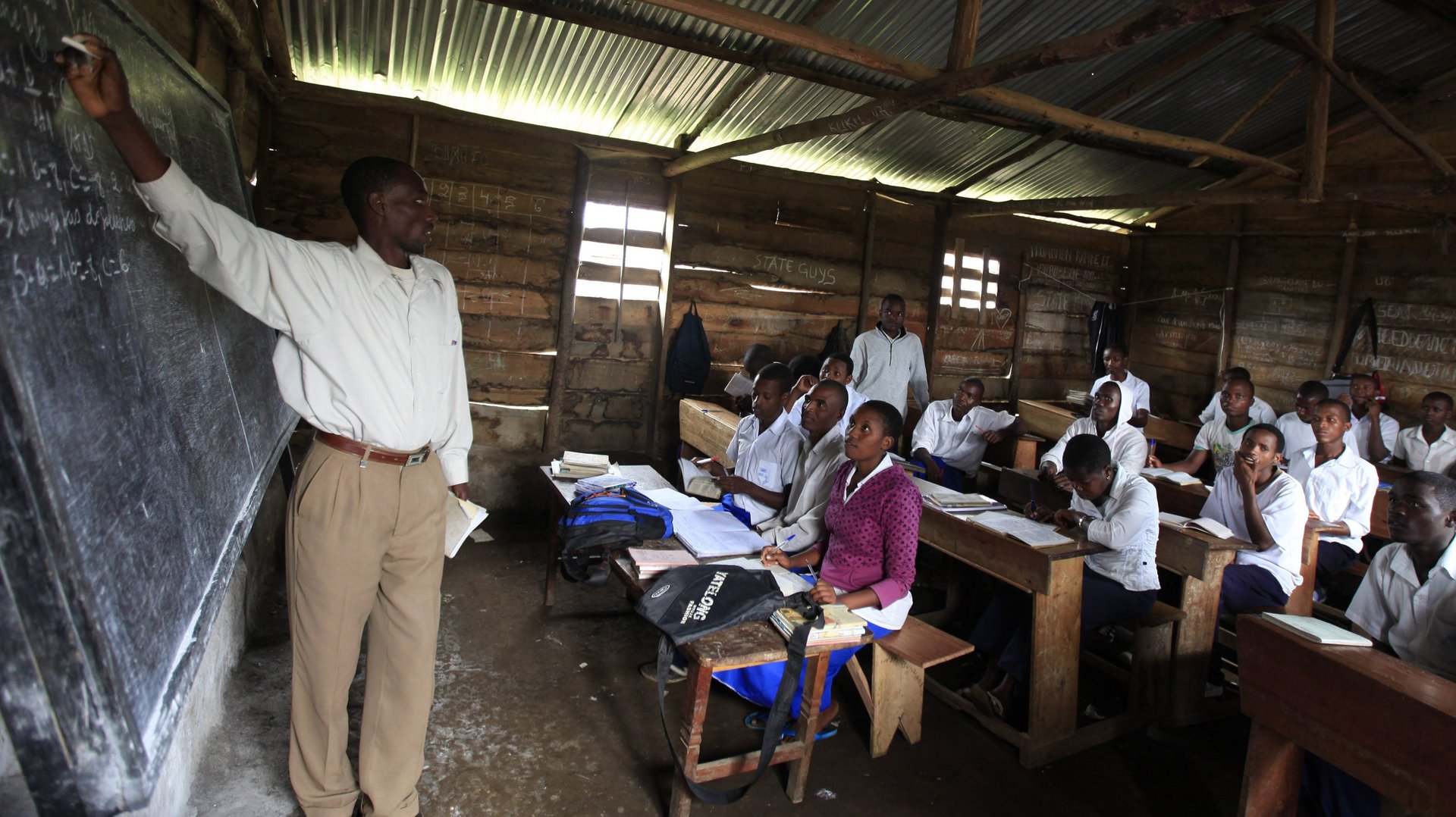Bill Gates shares the ultimate recipe for achieving global literacy
As one of its sustainable development goals, the UN is shooting for total literacy among young people, as well as a large portion of adults, by 2030. At this point, however, it’s far from meeting that goal. At the current rate, 30% of adults and 20% children—most of them in poor countries—would still be illiterate by the deadline.


As one of its sustainable development goals, the UN is shooting for total literacy among young people, as well as a large portion of adults, by 2030. At this point, however, it’s far from meeting that goal. At the current rate, 30% of adults and 20% children—most of them in poor countries—would still be illiterate by the deadline.
The problem is most acute in Africa. According to the latest Gates Foundation report, released today (Sept. 17), half the children under age six in francophone Africa lack basic numeracy and literacy. The problem is worse in sub-Saharan Africa. In the world overall, more than 260 million children lack access to education.
As with other markers of development, education isn’t achieved equally across a country. In India, for instance, the disparities are great: In the southwestern district of Kollam the average level of education is 14 years—a number comparable with advanced economies; in the northern Budaun district, on the other hand, the average education is only six years.
The good news is we likely know the most effective way to achieve literacy more evenly: Good old primary school teachers. “Although it’s fine to look at innovative approaches,” Bill Gates told Quartz, “a well-trained teacher in a country that’s stable, where you’re culturally allowing the girls to go to school as well, you can get extremely high literacy levels.”
Add to the mix a reasonably sized class, teachers who are paid by the government and show up, and that is all you need to spread literacy. The formula is so simple, in fact, it can be laid out in emojis:
👩🏫👨🏫 + ✅ + 💰
🏫🤓🤓🤓🤓🤓🏫 + 🙋♀️
+
🕊️
=
It’s a simple process, not one that is in need of great innovation, or that can be easily disrupted by technology. Progress is incremental. This is what allows some lower-income countries to achieve impressive results when it comes to literacy. In Cuba, for instance, there is 100% literacy among people 15 years old and above, according to the World Bank. Indonesia boasts a remarkable 95% literacy rate. These are levels on par with, or better than, the world’s richest countries.
Gates said there are some intriguing technical innovations that could help with literacy and numeracy, such as learning tools compatible with low-cost cellphones that would encourage kids to read or count, but the reach of these projects is still far from what can be achieved with traditional methods.
One such innovation is Bridge International Academies, in which Gates himself is an investor. It’s a chain of private schools in developing African and Asian countries where teachers and students have access to standardized and automated lesson plans. While it’s met with some success, it’s also become a lightning rod for controversy over issues as varied as whether trying to make a profit from teaching the world’s most marginalized children is ethically fraught, to its teaching methods that rely on technology more than teachers.
Gates said that he thinks that while the model of Bridge is promising, it’s far too small. In the end, he said, good teachers and more of them is the best—and most proven—solution.